66 Basic Accounting Terms You Need to Know

Are you a business owner that needs a little bit of a refresh when it comes to accounting? Perhaps you’re just trying to stay up-to-date with some of the new accounting changes in Australia. Whatever it is, there are some important terms to know and understand.
Simply put, accounting is the process of recording, assessing and communicating financial transactions. Accounting processes allow you to take a sneak peek into your financial health. Which can allow you to identify areas that may need to get addressed or looked at a little closer.
Effective accounting provides an overview of your financial transactions. But it also lets you understand certain legal obligations that you must follow. Not doing so can lead to penalties and an overall headache that you surely would like to avoid. And accounting can relate to several different areas of your business.
Everything from buying, selling, pricing products and even investing. So, what do you actually need to know when it comes to accounting? Let’s take a closer look at some of the basic accounting terms to help your business stay on track.
Here’s What We’ll Cover:
How to Stay Ahead of Your Accounting Needs
How Business Owners Can Use These Accounting Terms
How to Stay Ahead of Your Accounting Needs
Before getting too far, it can be important to understand how you can keep your business’ accounting on the right path. If you’re a small business owner or you’re an accountant yourself, improving your financial position is critical.
Make sure to review your finances regularly to see if you met the targets you outlined for the previous financial year. Once you do that, you can gain more insights into things that you can do differently in the upcoming year. It’s also important to make sure that you stay on top of certain registrations and licenses.
Some of your business operations might have changed or evolved. If so, double-check your current permits, licenses and registrations that you already hold. This can help make sure that you’re following the right guidelines.
To help with this, make sure that you are keeping good records of your finances. Your business will run smoother and you can keep a closer eye on how your business is going in a financial sense.

How Business Owners Can Use These Accounting Terms
Basic accounting terms might seem as though they can be easy to grasp and understand. However, some basic accounting terms aren’t as basic as they may seem or come across. As a business owner, you can use these terms to have a better understanding of basic accounting and its concepts.
66 Basic Accounting Terms
Regardless of the type of business you operate or the industry that you’re in, these basic accounting terms play a huge role. In a positive way. Because let’s face it, you didn’t get into business to lose money.
Here is a list of some common accounting terms that you need to know. And to keep things simple, the terms are listed in alphabetical order.
Accounts Payable
This is a record of any unpaid short-term invoices, which are due in less than 12 months. These can include things like bills, invoices or any other liabilities your business has incurred. An example of accounts payable is when you invoice a customer for certain goods or services that you offer.
Accounts Receivable
Similar to accounts payable, accounts receivable is a record of any of your short-term accounts, meaning less than 12 months. And these short-term accounts are from customers to who you have sold a product or service but haven’t paid yet. These types of customers are commonly referred to as debtors and you would usually issue an invoice for payment.
Accrual Accounting
Any transactions that your business incurs regardless if the payment is now or scheduled in the future. It’s an accounting system that can record all your transactions and make sure that they’re organized effectively.
Amortisation
This is the process of offsetting any of your assets, which can include things like intellectual property and even goodwill. The assets get offset over a period of time and they’re closely linked with depreciation.
Assets
Does your business own anything that contributes to your overall financials? If so, these get considered to be assets. And assets can be a range of things, from cash or something else that can get converted into cash. Think of things such as inventory, property, vehicles or specific types of equipment.
Audit
Audits get conducted to make sure that your financial records are accurate and line up properly. This usually gets done by an auditor or a tax official. They make sure that you’re accounting for everything your business does correctly.
Bad Debts
Bad debts are certain money that is unlikely to get paid at all in the near future. This can have negative effects on things like cash flow.
Balance Sheet
Do you know exactly where your business stands financially? A balance sheet provides a quick glimpse into your business and lists all your assets and liabilities. It can also help you work out certain net assets based on a particular date.
Balloon Payment
If your business has ever taken a loan, a balloon payment refers to the final payment that you need to pay on a loan agreement. Certain loans that have a larger final balloon payment can sometimes see their repayments over the term be a little lower.
Bank Reconciliation
There’s nothing worse than thinking you have more money than you actually do. A bank reconciliation is a type of cross-check. It helps to ensure that bank statements accurately match the amounts outlined in your cashbook.
Bankruptcy
This is when someone becomes legally bankrupt, but must appoint a trustee to help manage any of their financial affairs and assets.
Bill of Sale
Has your business ever made a purchase? Maybe you have been exploring purchasing a new property to expand or another asset. A bill of sale is a legal document that outlines all the purchase details. It will include things like how much the sale was and where it took place.
Bookkeeping
Regardless if your business is large or small, accurate bookkeeping is critical to your operations. It’s the process of recording any and all of your financial transactions. This helps to make sure you know how money is coming in and out of your business.
Break-Even Point
It can be difficult for a business to generate enough income to offset its expenses. A break-even point is an exact spot where the income your business generates equals the expenses you incur.
Budget
Think about the last time you took a trip. What if you ran out of money while you were away? A budget would help to make sure you have enough money to do the things that you want to, without overspending. And it works the same way in business. A budget is basically a list of any planned revenue and expenses over a certain period.
Capital
Your business is going to own several different things depending on the type of business that you do. Capital relates to the wealth your business has and it can be in the form of cash or something else such as property.
Capital Cost
Sometimes you need to purchase items for your business to be able to perform services or create goods. When you make a purchase of a physical item, such as buildings or land, equipment or plant, it’s considered a one-off purchase. And this gets called a capital cost.
Capital Gain
Similar to the above, when you make a purchase for your business it will become an asset. A capital gain is when you sell one of those assets above the original purchase price.
Capital Growth
Again, similar to capital gain, capital growth is when an asset you own increases in value. But it’s a little different than capital gain as the increase in value doesn’t relate to the sale of the asset, just its value.
Cash
Cash doesn’t always have to be tangible. It will include any money that your business has available on demand. And it can range from things like petty cash, banknotes and some types of cheques. Plus, it can include any money that’s currently in a debit or savings account.
Cash Accounting
This is a specific type of accounting system that works by recording transactions at the time where you actually receive payment.
Cash Flow
Think about the type of business that you operate. Are you regularly selling a certain product or service to your customers? Does it happen regularly? Cash flow measures the amount of actual cash that your business has flowing in and out.
Cash Incoming and Outgoing
It’s fairly straightforward, as any cash incoming is money that’s flowing into your business. Where cash outgoing is any money that is flowing out of your business.
Chart of Accounts
There are certain ways that you need to classify your business transactions. A chart of accounts acts as an index of the accounts that you use. Each type of account is going to represent a different type of transaction. Think of things such as income, assets, liabilities, equity and expenses.
Commercial Bill
A commercial bill can commonly get referred to as a bill of exchange. It’s basically a commercial loan that works on an interest-only basis. A commercial bill can work well when your business has short-term funding needs, such as increasing inventory.
Contingent Liability
There can be moments in a business where things are just out of your control. Having a contingent liability is when you only make a payment if a certain circumstance or event happens.
Cost of Goods Sold
Does your business manufacture a specific type of good for your customers? Do you deliver a custom service? Maybe you do both. The direct cost of producing those goods or services is the cost of goods sold.
Credit
Think about when you make a purchase with a credit card or you purchase something from a supplier or vendor on credit. You don’t need to actually pay for those things until a later date. This is how credit works. It’s a lending term for those instances when a customer wants to make a purchase and promises to pay for it later.
Creditor
This works the same way as credit, but it’s from the opposite side. A creditor is a business or a person who allows you to make a purchase with an agreement to pay for it at a later date. A creditor can also be someone such as a supplier or lender. It’s essentially anyone to who you owe money.
Current Asset
What assets does your business own? A current asset is something that you’re able to convert into cash within a 12-month timeframe.
Current Liability
This works the same way as a current asset, but it’s a payment that you must make within 12 months.
Debit
Debits represent an asset or expense which gets included in a journal or ledger. A debit entry gets made on the left-hand side of those journals or ledgers and it’s a common practice in double-entry bookkeeping.
Debt
Basically, any money that you owe gets considered to be debt. It can range from normal bills that you need to pay to income tax and loan repayments.
Debt Consolidation
Sometimes you need a little bit of help to pay off your debt if it has gotten too high. Debt consolidation is the process of taking all of your debts and combining them into one big one. Doing this can lead to smaller fees and a lower interest rate.
Debtor
A debtor is the opposite of a creditor. It can be a business or a person that owes you a particular amount of money.
Default
When you take out a loan, for example, it will come with certain obligations that you must meet. If you don’t meet these obligations or fail to pay a loan back, it’s considered a default.
Depreciation
Purchasing certain types of assets can be important for your business to operate effectively. And you can spread the cost of those assets out over their useful life. So, offsetting the cost of an asset over a time period is depreciation.
Double-Entry Bookkeeping
This is another type of bookkeeping method. Double-entry bookkeeping records all your business transactions in two different accounts. And they’re recorded as a credit and as a debit.
Encumbered
When you take out certain business loans, you sometimes need to put up collateral to ensure that you can pay them back. Encumbered assets get used as collateral or security when taking out a loan.
Equity
Do you own your company? Do your employees have the opportunity to purchase shares in the business? Equity is the total value of ownership in a business. It gets calculated by deducting any liabilities from the assets.
Finance
You’re not always going to have enough money in the bank to make a purchase or fund your business idea. Finance is money that gets used to help you fund things such as a high-value purchase.
Financial Year
Not to be mistaken with a calendar year, a financial year is a 12-month period that usually runs from 1 July to 30 June.
Financial Statement
You will find several different things in a financial statement. It’s a summary of the financial position of your business, which can show valuable insights into where your business stands. A financial statement will often include things like a cash flow statement, a balance sheet and profit and loss.
Fixed Asset
This is any type of physical asset that your business needs to operate.
Fixed Cost
Any costs that aren’t associated with producing your goods or services become fixed costs.
Gross Income
There are all sorts of types of income that you will commonly see in accounting. The total money that your business earns before any expenses get deducted is gross income.
Gross Profit
Gross profit can also get referred to as net sales. It’s basically the difference between the sales that your business makes and the total cost of having to make those sales.
Insolvent
Some accounting terms can seem similar, such as bankruptcy and insolvency. However, becoming insolvent means that you actually can’t pay your debts when they’re due.
Intangible Assets
A lot of assets are physical, such as the equipment used to produce your goods or services. An intangible asset is non-physical and doesn’t have a fixed value. These can be things such as intellectual property rights or goodwill, for example.
Interest
Borrowing money never happens for free. If you take out a loan, you’re likely going to have to pay back more than you originally took out. This would be the extra cost of borrowing that money. However, you can also earn interest on certain things, such as with an interest-bearing account.
Interest Rate
Interest rates can be either fixed or variable, and it’s the percentage that gets used to calculate the cost of borrowing money. Or, it can be the percentage used to calculate the amount that you’re going to earn. Interest rates will vary, and you’re likely going to see a higher interest rate for higher risk loans.
Invoice
Chances are you didn’t get into business to just give your product or service away for free. Invoices are a type of document that you can issue to request payment from a customer or vendor. This is usually done after they have received a good or service from you.
Liability
Has your business incurred any expenses or owe any money for anything? A liability is any financial expense or amount of money that you owe.
Margin
How did you determine that price point for the product or service that you offer? Do you know how much you need to sell to turn a profit? The difference between your selling price and the profit that you make is the margin. Typically, it’s shown as gross margin percentages, which show the proportion between your profit and the sales dollar.
Maturity Date
If your business takes out a loan you’re going to have certain obligations to meet. Once the term of your loan ends and any principal or interest payments are due, this is the maturity date.
Net Assets
If your business owns assets, your net assets are equal to your total assets minus your total liabilities. These can also get known as shareholders equity, owner’s equity or net worth.

Net Income
Once you take all your deductions away, including tax, the total money left over is your net income.
Net Profits
This is similar to net income, however, it’s the total gross profit minus any expenses you have incurred. Net profits can also get referred to as your business’s bottom line.
Petty Cash
You’re not always going to need to fork out huge sums of money to make a purchase. Sometimes you need to purchase items for your business that are smaller, but still necessary. Petty cash is meant for those smaller, miscellaneous purchases.
Profit
This is a big part of your business operations and for your business to succeed, turning a profit is critical. Profit is equal to the total revenue that your business can earn, minus the total expenses incurred.
Profit and Loss Statement
Also generally known as an income statement, your profit and loss statement will list all your expenses and sales. You can use these statements to help determine the gross and net profit of your business.
Revenue
This is the total amount that your business earns. But, you calculate revenue as the amount earned before any deductions, such as tax and expenses.
Single-Entry Bookkeeping
Similar to double-entry bookkeeping, but it only records one side of each transaction. It’s a common bookkeeping method that gets used with cash accounting systems.
Tax Invoice
If you supply your goods or services over a certain set price, a tax invoice is required. There are certain parameters to follow and you are going to need a valid tax invoice if you want to claim GST credits.
Variable Cost
Costs can fluctuate depending on the type of goods or services that you provide your customers. Variable costs will change depending on how many goods you need to produce or if your services are in high demand.
Working Capital
Running and operating a business means that there are going to be day-to-day expenses. Working capital is the amount of cash that you’re going to have available to fulfil those expenses.
Key Takeaways
It doesn’t matter if you’re just starting out in business or you have been around for years. Knowing and understanding some of these key terms can be extremely helpful. And the good news? It doesn’t have to be an overwhelming or frightening experience.
Understanding everything from operating expenses, long-term assets and business expenses is important. Plus, these terms can help with tax purposes. Each of the accounting methods that were outlined above all play a critical role in the success of your business.
One little mistake here or there, or neglecting to look after certain areas of an accounting process, can lead to failure. There’s no perfect recipe for accounting. But there are common practices and accounting principles that you can follow to help you succeed.
Take a closer look into the double-entry accounting method or cash basis accounting. You can see what might work best for your accounting purposes. There are also lots of great accounting software choices to suit your needs.
Did you enjoy reading this guide? Head over to our resource hub for more great content!
RELATED ARTICLES

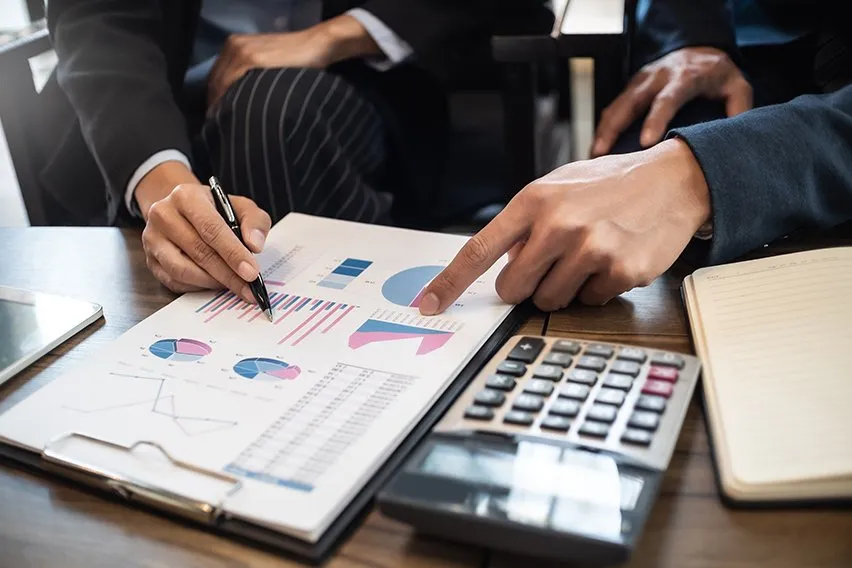 High-Low Method: Learn How to Estimate Fixed & Variable Costs
High-Low Method: Learn How to Estimate Fixed & Variable Costs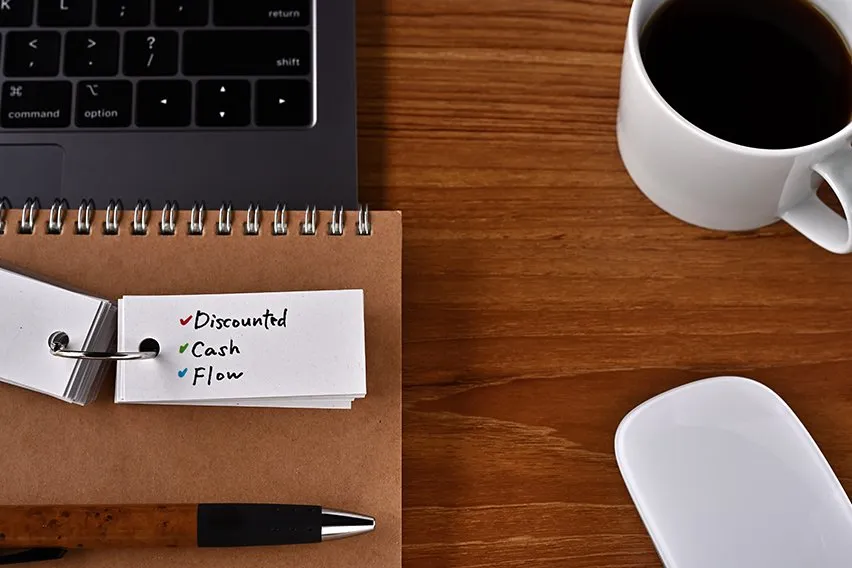 Discounted Cash Flow (DCF): Formula, Examples & Calculation
Discounted Cash Flow (DCF): Formula, Examples & Calculation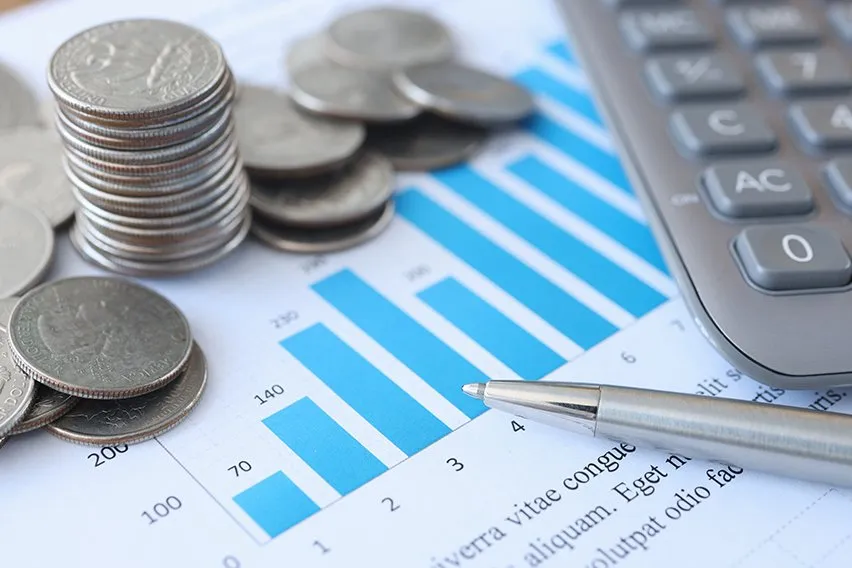 What Is the Contribution Margin & How to Calculate It? A Guide
What Is the Contribution Margin & How to Calculate It? A Guide What Is Cost Centre: Definition, Function & Examples
What Is Cost Centre: Definition, Function & Examples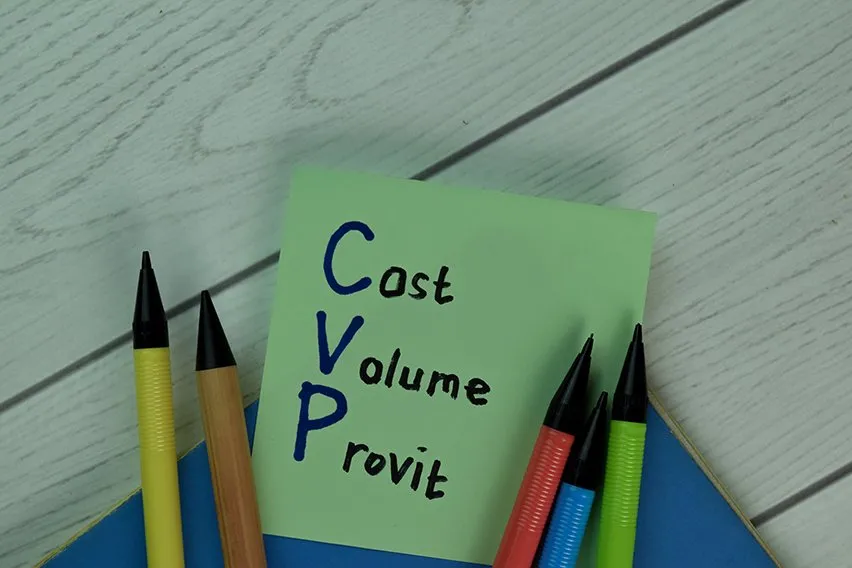 What Is CVP Analysis (Cost-Volume-Profit) & How to Perform It?
What Is CVP Analysis (Cost-Volume-Profit) & How to Perform It?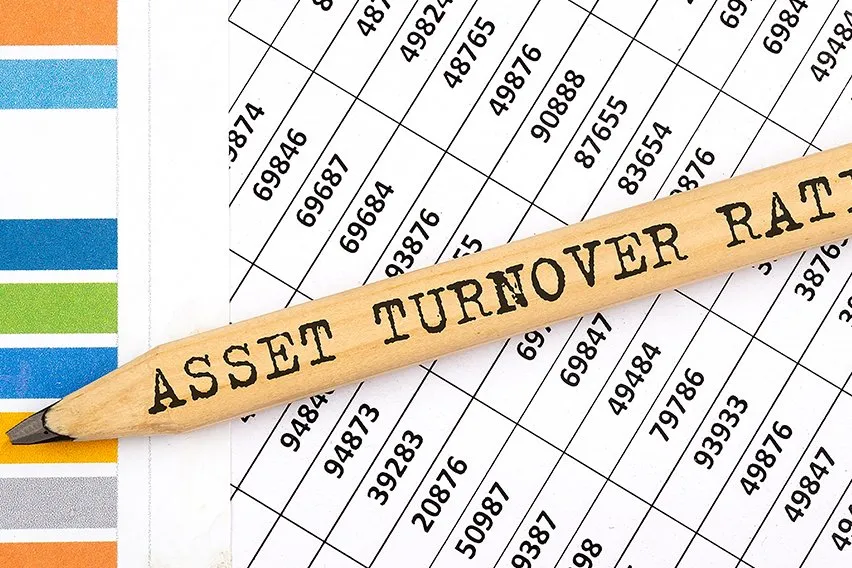 How to Calculate Asset Turnover Ratio? Formula & Example
How to Calculate Asset Turnover Ratio? Formula & Example